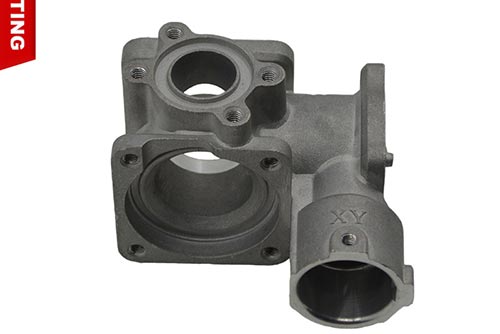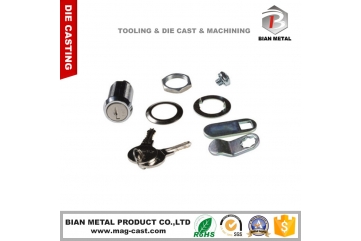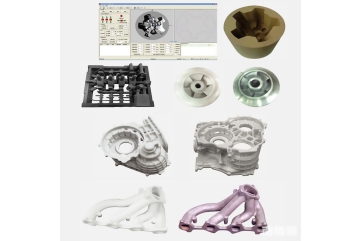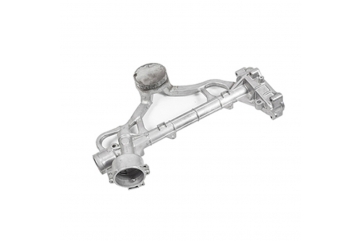What are the 5 steps of the die making process?
The die making process involves several critical steps to create precise molds for die casting. Here are the five main steps:
1. Design and Engineering:
– This initial stage involves creating detailed designs and models of the die using CAD (Computer-Aided Design) software. Engineers consider factors such as part geometry, material characteristics, cooling systems, and ejection mechanisms. Prototyping may also take place to verify the design.
2. Material Selection:
– Based on the design, suitable materials for the die are chosen. Common materials include tool steel or aluminum, selected for their ability to withstand high temperatures and pressures during the die casting process.
3. Machining:
– The selected material is machined using CNC (Computer Numerical Control) machines to achieve the desired shape and dimensions of the die. This step may involve processes like milling, drilling, and grinding to create precise cavities and features in the mold.
4. Heat Treatment:
– After machining, the die typically undergoes heat treatment to enhance its hardness and durability. This process improves the die’s wear resistance, allowing it to withstand repeated cycles of molten metal injection.
5. Polishing and Finishing:
– The final step involves polishing the die surfaces to achieve a smooth finish, which helps reduce surface defects in the cast parts. Additional finishing processes may include applying coatings or treatments to improve performance and longevity.
After these steps, the die is ready for installation in the die casting machine, where it will be used to produce parts by injecting molten metal into the mold.





